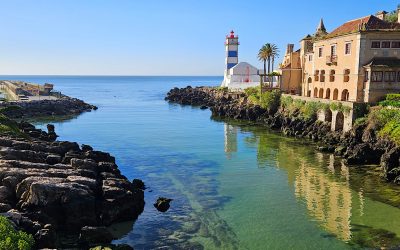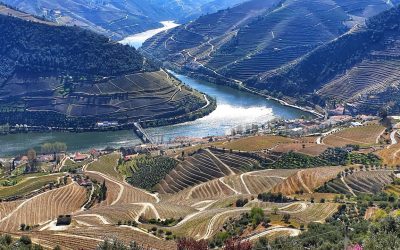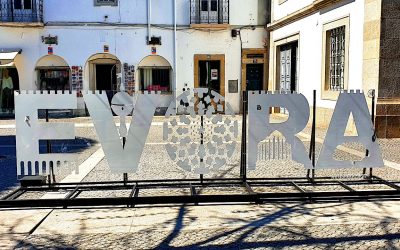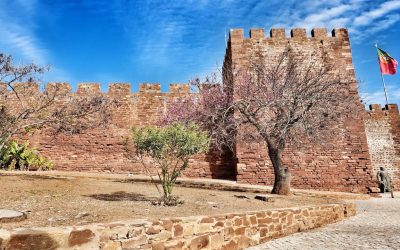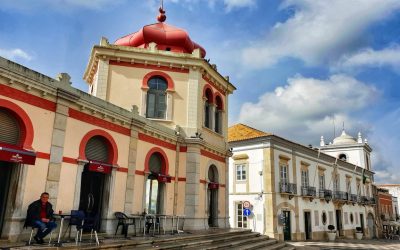In this new Wonderful Walks feature, I share some of the wonderful hikes I’ll do whilst on our travels around the world. This first...
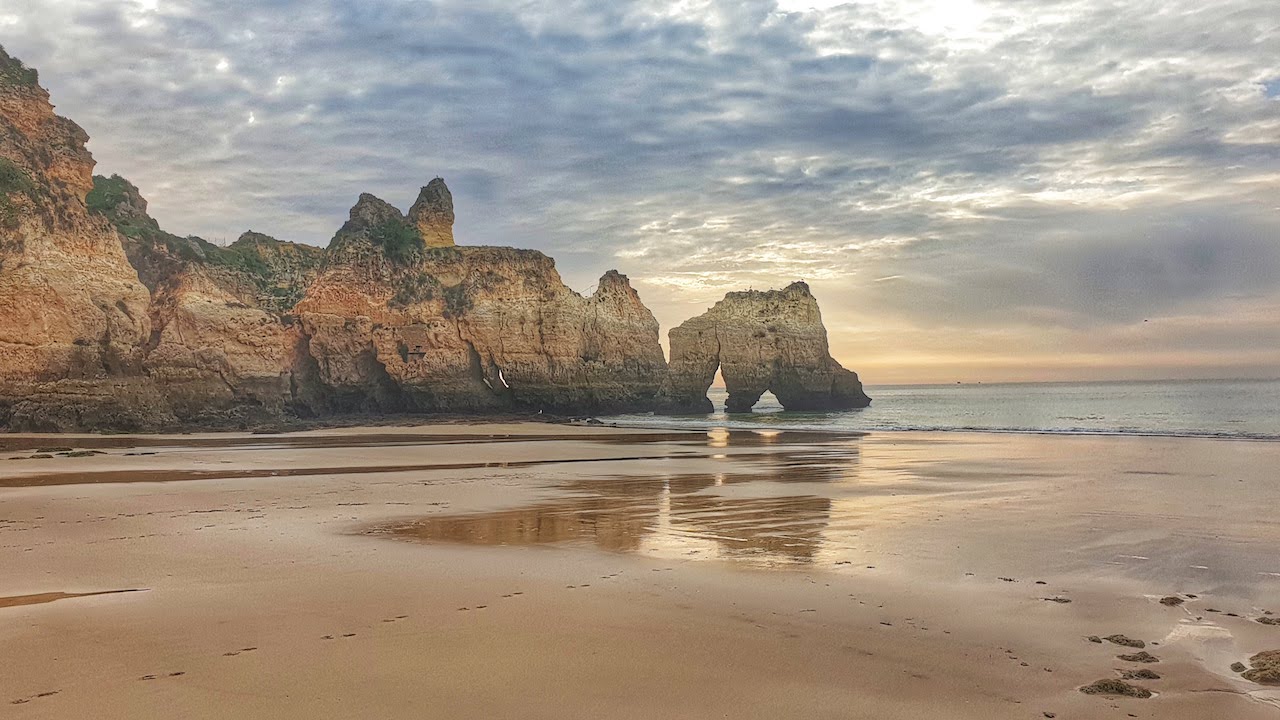
Portugal
Portugal
It took us until 2019 to visit Portugal. Our first ever ‘holiday’ there a decade earlier was not the most positive of experiences, so I don’t think we felt drawn here. However, a return in Scoobie, certain sealed our love for this country especially the Rocky Algarve, the west coast and the inland parts of the country. We love returning and have many happy memories of Portugal. We hope these blogs and Youtube videos might share a little of our love for this western edge of the Iberian peninsular.
What to see in Portugal’s Riviera town of Cascais
In this blog, we share what to see in Portugal’s Riviera town of Cascais, when in the Lisbon area. A destination where sophistication and...
What’s the best village in Portugal? Comporta!
If there was a place I would like to settle down in, it would be Comporta. For me, this answers the question, What's the best village in...
Douro Valley’s Alchemy – Pinhão
Portugal… Name three things it is most famous for... The Algarve’s coast and golf courses may be, surfing on the wild west...
Our Portugal Road-Trip Guide
Portugal, a gem on the western edge of the Iberian Peninsular may be the farthest west of its European neighbours although don’t let its...
7 Highlights of Évora
Come to Portugal and immerse yourself in so much more than golden sand between your toes. Whilst the beaches entice any sun seeker,...
Sightseeing Silves, Algarve
The ancient capital of Portugal's Algarve, Silves may sit inland 10km away from the golden beaches and rocky coastline,...
Coastal Hiking Trails in the Algarve
Portugal’s Algarve coastline is ready to astound you, appeal to your inner artist and challenge you in more ways than you can imagine....
A visit to Loulé – Algarve’s Authenticity
The Algarve’s inland gem, Loulé is set apart from its tourist coastline cousins and was our first reconnection with the region...
Follow us
You can find us on social media,
different channels for different content.


